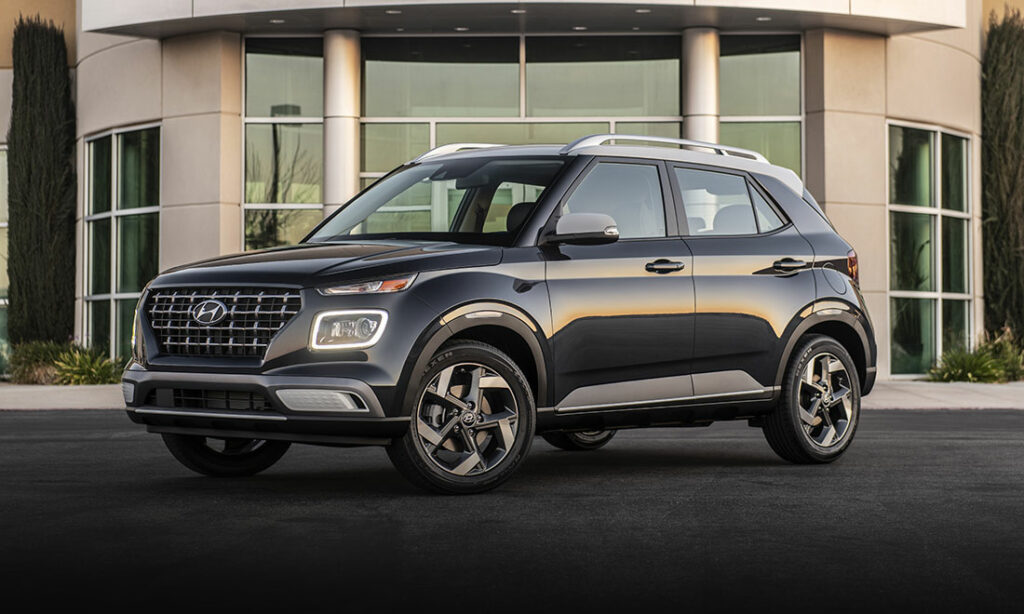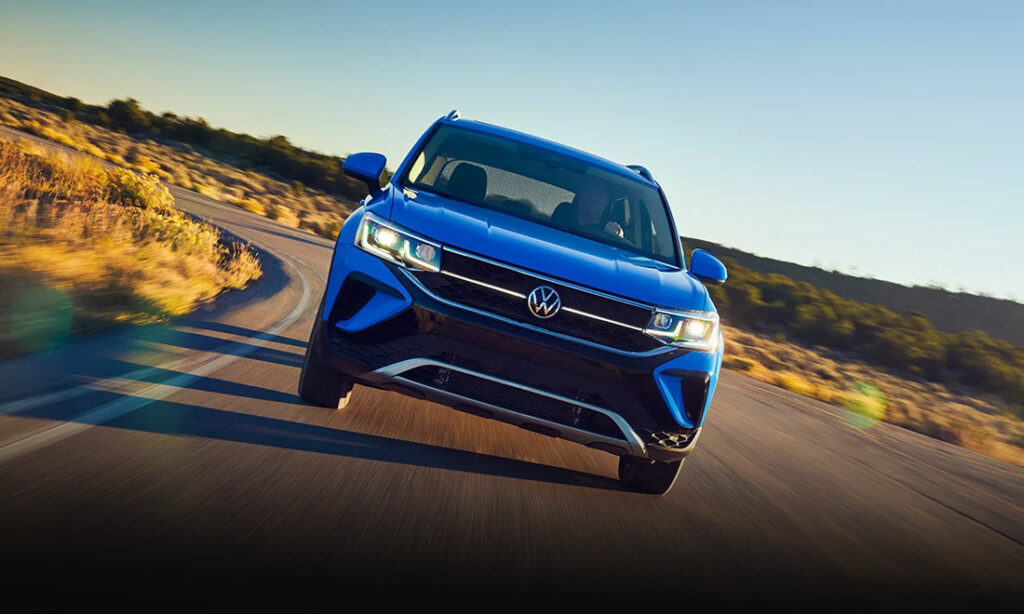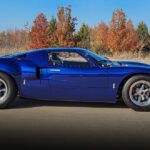Retro Review: Third Gen C/K Series GMC Sierra
GM’s Rounded Lines trucks from the 1970s and 80s are great to look at and easy to work on, making them prime candidates for your next project.
Rounded Line[s]
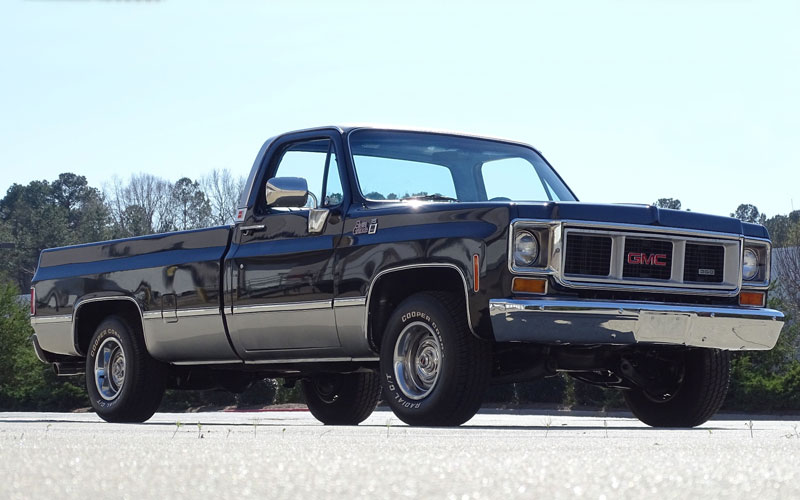
1973 GMC C/K 1500 – carsforsale.com | Shop GMC C/K Series on Carsforsale.com
There are a lot of options when shopping for a cool classic truck. The styling of post-war F-Series and 3100s are uniquely memorable. Early Chevy C/Ks and Dodge D-Series are attractive as well. And then there’s more esoteric fare like the Studebaker Champ. Beyond aesthetics, another important consideration is serviceability. Trucks like the third generation of GM’s C/K-Series combine a classic look (being from the 70s) with a mechanical simplicity that make them perfect for DIY/shade tree mechanics. Plus, they’re just new enough (1970s through the late 1980s) to still have strong parts support.
It’s this balance of vintage styling and serviceability that makes the third-gen C/K-Series, aka GM’s Square Body trucks, popular among collectors. Below we’ll look at the 3rd-gen C/K-Series to see what makes these trucks uniquely popular classics today.
Square Body Begins
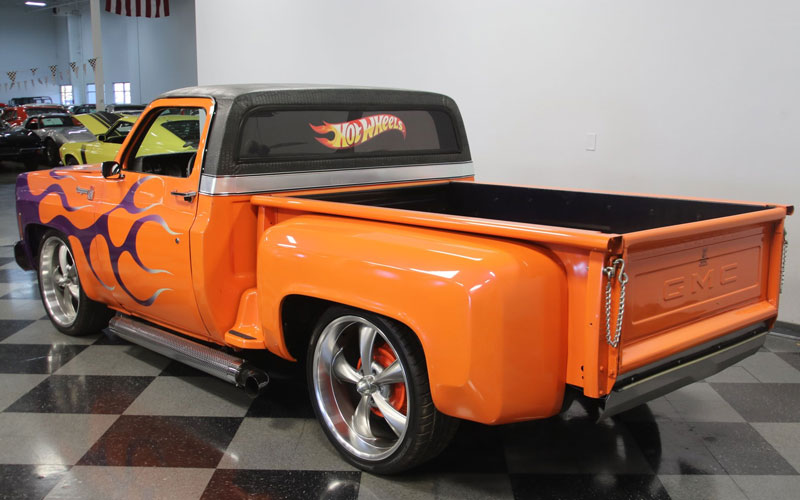
Launching for the 1973 model year, the 3rd-gen C/K-Series was a clean sheet design for GM, starting from the ground up. GM designer Bill Mitchell took care of the looks for the trucks. The Square Body name is a modern gloss on the squared-off, boxy styling of these trucks. But back when they first debuted, GM referred to them as the new “Rounded Line” of trucks, replacing the prior generation’s “Active Line” of trucks. Those rounded corners were part of an effort from GM to improve the trucks’ aerodynamics. This was the first time a mass-produced pickup was tested in a wind tunnel. Computer simulations were also used to test chassis and frame development for improved durability. More glass was also added to the windshield for better outward visibility.
For the first time, GM offered a four-door crew cab option (for the one-ton version) to supplement the small and spartan regular cab. Not only were there two bed sizes, 6.5 and 8 feet long, but there were two bed styles as well, the White Side (Chevy)/Fleetside (GMC) with a standard box and the Stepside/Fender Side with a narrower box and prominently flared fenders. The “Big Dooley” one ton heavy-duty with dual rear wheels was the first factory “dooley” of its kind.
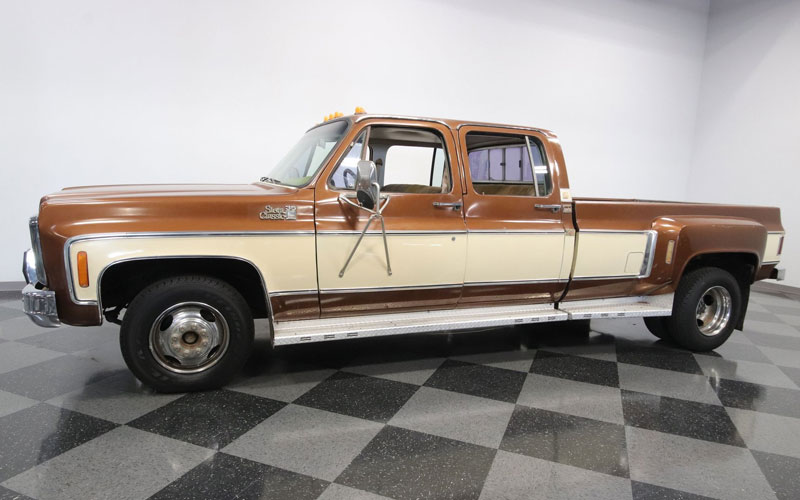
Improving daily livability was a major goal with the third generation and this meant interior improvements. Plush carpeting and air conditioning were added. A new wrap-around design was implemented for the gauge cluster. Optional AM or AM/FM radio featured an integrated antenna.
Engines and Evolutions
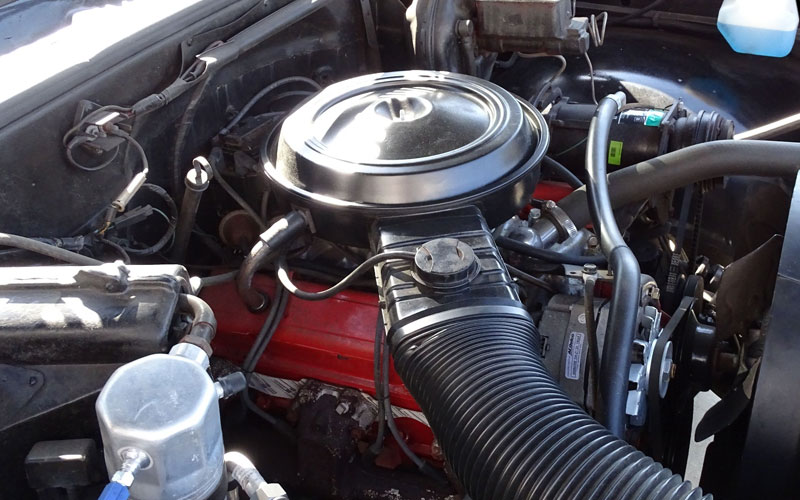
Engine options were plentiful. These started with a base 250 cu-in straight six good for 100 horsepower. A larger 292 cu-in I-6 was also available. For V8s there was a 307 cu-in, a 350 cu-in, and for the C-Series only, a 454 big block with 240 horsepower. (The C in C/K-Series stood for two-wheel drive while the K indicated four-wheel drive capable trucks.) An Oldsmobile 350 cu-in diesel was also available. Transmission included three- and four-speed manuals as well as a three-speed HydraMatic automatic transmission.
Engine choices evolved over the years with a new 400 cu-in V8 was added for 1975, then the largest option for the K-Series. A new 305 V8 arrived for 1977 and a new 379 cu-in diesel replaced the Olds diesel in 1982. In 1985, the 250 straight-six was dropped for a 262 c-in V6.
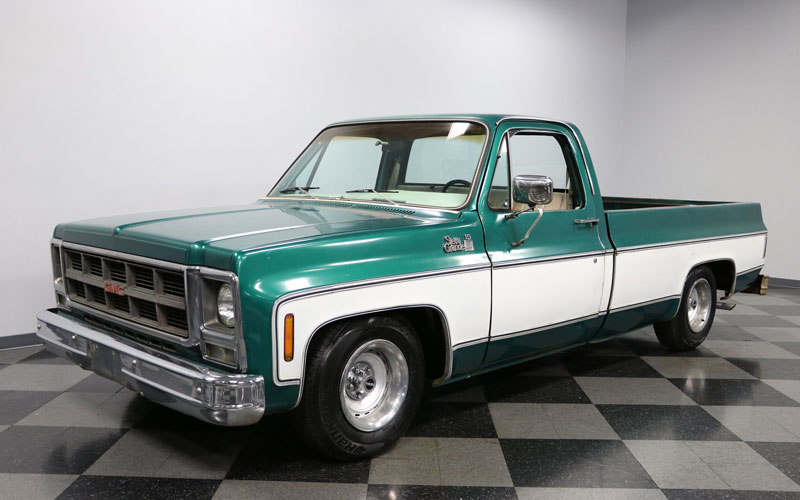
Despite their long run, from 1973 through 1988, the Chevrolet and GMC C/K-series offered only minor changes in that time. These included changes to the grille, new engine combinations (as noted above), and alteration to the exhaust system for greater efficiency and improved emission (including the introduction of catalytic converters). The biggest changed arrived for the 1981 model year when the Chevy and GMC were given new grilles, new bumpers and tailgates, a new dash design, new seats, radial tires, disc brakes on all four wheels (as opposed to discs in front and drums in back), a new quieter exhaust, and a lither battery. Overall, the trucks shed around 300 lbs.
Enter the R/V Generation
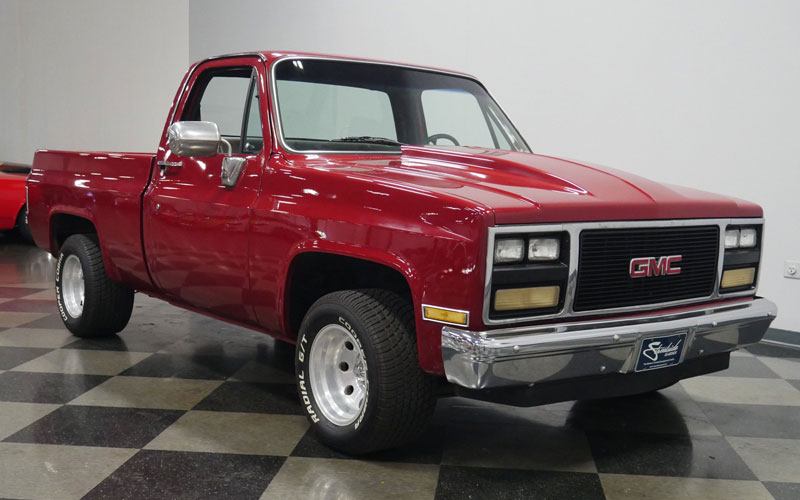
1985 GMC C/K 1500 – Streetside Classics on YouTube | Shop GMC C/K Series on Carsforsale.com
1987 was the final model year for the long-running “Rounded Line” C/K-Series. Starting with the 1988 model year, a new R/V naming convention was introduced for the “Rounded Line” truck, with R indicating two-wheel drive and V indicating four-wheel drive. This change coincided with the introduction of the new fourth-generation C/K-Series. It was also at this time that Chevy dropped their signature “Stepside” naming for the new “Sport Side” nomenclature, a poor choice in retrospect. The older R/V-Series trucks would continue production until 1991, marking the end of the “Rounded Line” trucks.
If you’re a fan of classic trucks, and GMs in particular, the third-gen C/K-Series are among the most approachable and affordable on the market today. With tons of parts support and plenty of old trucks ripe for restoration, there’s certainly an old C/K out there that’s perfect for your next project car.


